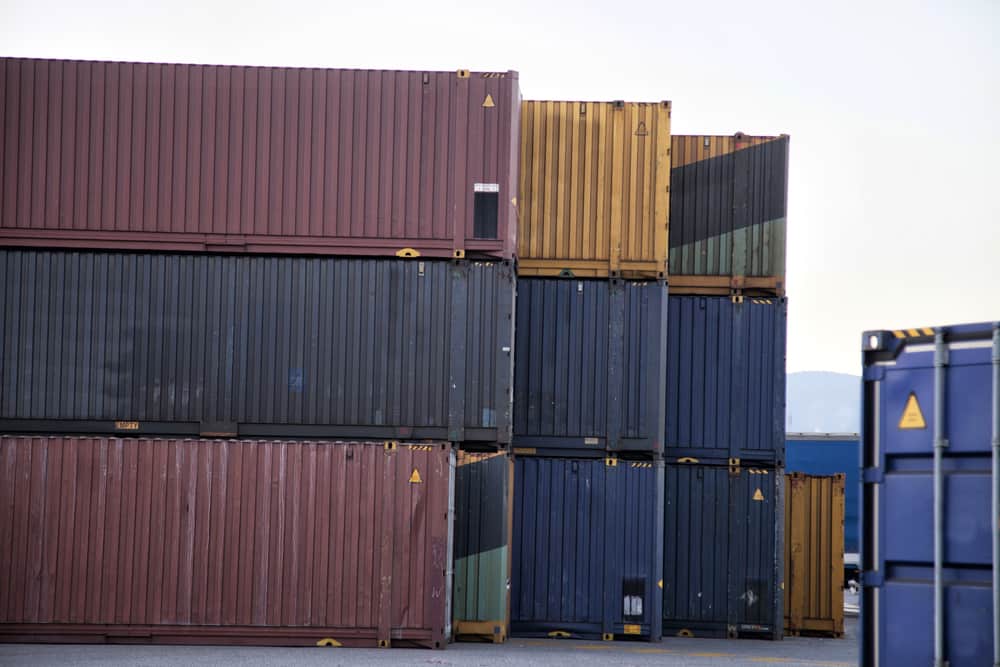Regardless of whether you are importing/exporting 10 containers, or thousands of containers, logistics is a significant process in the overall bottom line of companies.
Reducing the overall cost of moving products from point A to B is not as simple as reducing the price of your trucking, or freight.
First, we need to understand what the actual cost consists of. The cost of moving product starts from packaging, until that product is unpacked, and served, for its purpose.
It may be broken down into pieces depending on who is controlling, or responsible for, what part of the transaction. The shipper may be responsible only for packing their goods and bringing them to the loading port. The buyer may be responsible from discharge port, and onward.
A lot of exporters or importers think that they can only save through what they pay, and what they control. In fact, regardless if they pay or don’t pay, how the other party operates affect the overall supply-chain cost.
From my point of view, to save in the new world of logistics, there are few things that must be done by decision makers, besides pushing lower prices from truckers, or carriers.
- Know about your shipper, or buyer, and how they operate. There are times where, with one simple change on how and where you deliver goods, you may save your customer thousands. This means you will get a share of those savings, too.
- Don’t think that your supplier, or your customer, knows the best in logistics. In the crazy pace of 21st century trade and competition, suppliers and customers can be focusing primarily on their sales, more than anything else. So, your, or your service providers’, suggestions may be worth a lot more than you would expect.
- Try to find logistics synergies between suppliers and buyers. Consolidating or distributing may seem difficult, but if you have the right partners in place, it could be very smooth and very cost-effective.
- Yes, size counts to get deals. However, there are so many pockets of over-demand or oversupply of warehouse space, equipment, vessel space, and trucking power. It is always worth looking for alternative solutions to your supply chain, regardless of the size of your operation.
- Stay open to hearing innovative technologies, and ways to improve your supply chain. While there can be very complex solutions, like changing a packaging line or method of inventory keeping, there can also basic ones like changing a port change through a new ocean carrier, or using another rail with equipment surplus rather than the one closer to you.
- Most managers think their way is the best way. However, that best way might have been designed 5-10 years ago, while today, there are innovative technologies and new tools/ways invented. Their way may need an upgrade.
- Listen other people from different industries. Even if every industry has unique needs, there are similar solutions to similar problems – especially in logistics.
- Don’t afraid to make bold changes. It’s difficult to make change in logistics, especially if you have a system that just works. But, the question is: is something that “just works” good enough for your market place?
- 101shares
- 71LinkedIn




